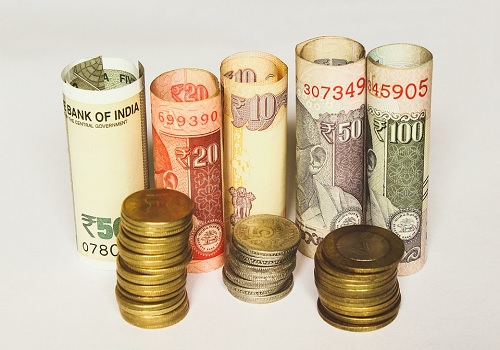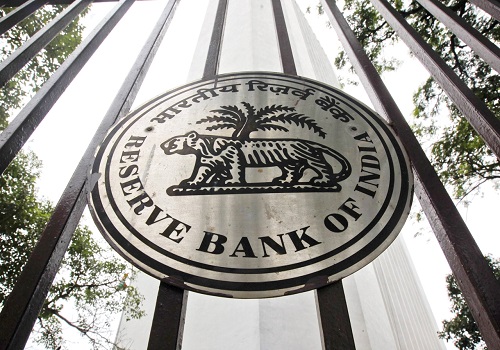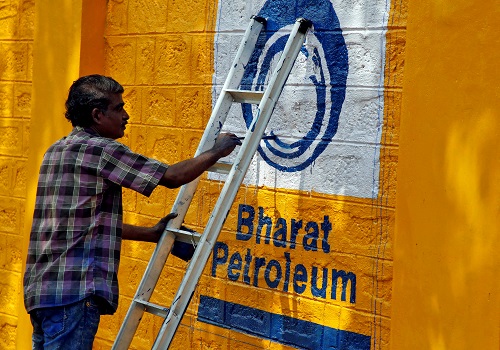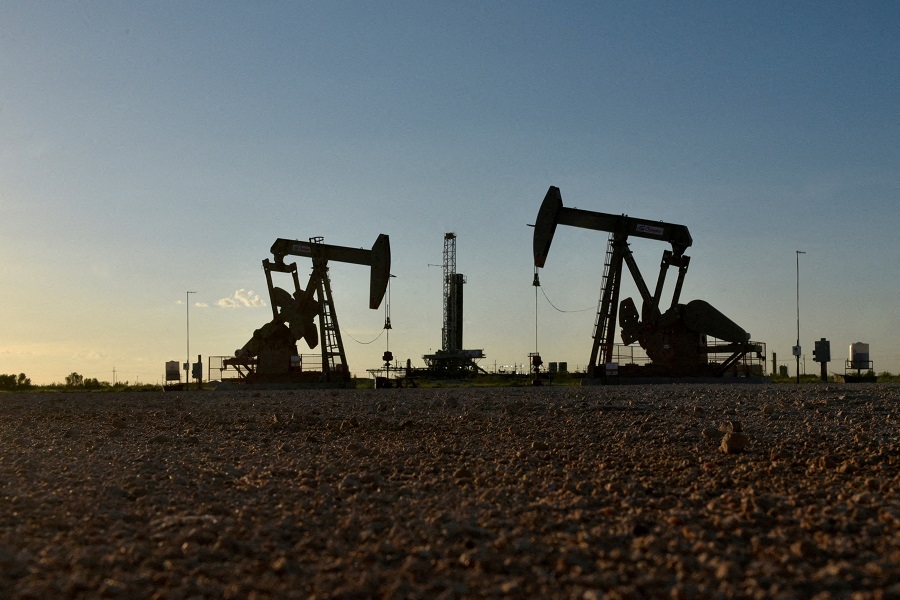Oil and Gas Sector :Demand concerns cap oil price, OPEC+ output cuts key to maintaining deficit By JM Financial Services Ltd
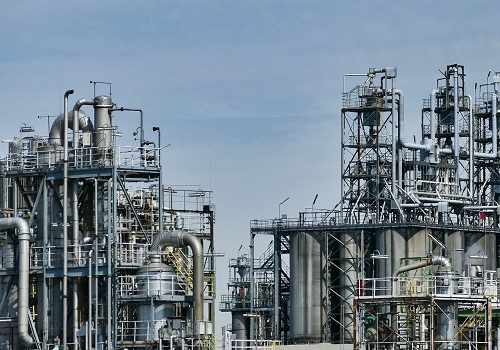
Follow us Now on Telegram ! Get daily 10 - 12 important updates on Business, Finance and Investment. Join our Telegram Channel
Brent moderated to ~USD 73/bbl on easing geopolitical tensions, demand concerns, and potential over-supply risk if OPEC+ unwinds its 2.2mmbpd voluntary output cuts over Dec’24 to Nov’25. IEA has further cut its CY24 global oil demand growth marginally to 0.9mmbpd as China's oil demand contracted for the 4th straight month in Aug’24 by 500kbpd YoY, though it maintains CY25 growth at ~1mmbpd. However, IEA expects global oil supply growth for CY24 to be limited at only 0.7mmbpd due to OPEC+ output cuts, implying a deficit of ~0.2mmbpd. Though IEA expects surplus to emerge in CY25, we believe OPEC+ is likely to defer/reverse the unwinding of voluntary output cuts to ensure the market remains in deficit (as detailed in our recent note Saudi Arabia - shift in strategy from price to market share?). We still believe the strong pricing power of OPEC+ will continue to support Brent at USD 75-80/bbl (around Saudi Arabia’s fiscal break-even crude price). We maintain BUY on Oil India/ONGC given robust ~30%/15% production growth outlook in the next 1-3 years; Oil India also benefits from lucrative NRL capacity expansion. However, we believe OMCs’ riskreward still appears unfavourable as CMP is discounting gross marketing margin to be higher than the historical average of INR 3.5/ltr and ignoring OMCs’ aggressive capex plans. OMCs’ valuations (HPCL 1.4x FY27 P/B; IOCL 1.0x FY27 P/B; and BPCL 1.4x FY27 P/B) are trading at 10-30% premium to historical valuations.
* Brent moderates to ~USD 73/bbl on easing geopolitical tension, demand concerns, and potential over-supply concerns if OPEC+ unwind voluntary cuts: Brent has moderated to ~USD 73/bbl after reports that Israel may not strike Iran’s oil assets. We believe with US elections on 5th Nov'24, US may not prefer any major spike in oil prices ahead of elections on account of any near-term disruption in Iranian oil supply. Further, oil price is under pressure driven by oil-demand-growth concerns in China. Further, adding to concerns is potential over-supply due to OPEC+ plans to phase out 2.2mmbpd voluntary output cuts over Dec’24 to Nov’25 (had deferred output hike by 2 months from earlier plans to phase out cuts from Oct’24 to Sep’25).
* IEA further cuts CY24 global oil demand growth marginally to 0.9mmbpd on China's oil demand contraction for 4th straight month in Aug’24; maintains CY25 growth at ~1mmbpd: IEA in its Oct’24 monthly report has marginally cut its global oil demand growth estimate for CY24 by 40kbpd to 0.86mmbpd (slightly lower than EIA estimate of 0.91mmbpd and much lower than OPEC’s optimistic growth estimate of 1.64mmbpd) though it raised its demand growth estimate for CY25 by 50kbpd to 1mmbpd (vs. EIA's estimate of 1.3mmbpd and OPEC estimate of 1.93mmbpd). This marginal cut in global oil demand growth estimate for CY24 is due to China's oil consumption which contracted YoY for the 4th straight month in Aug'24 by 500kbpd due to a) weak economic activity; b) rising adoption of electric vehicles (EVs), LNG trucks & other alternative fuels; and c) high-speed rail network restricting growth in domestic air travel. Over the past decade China's oil demand growth has averaged at ~600kbpd, accounting for +60% of average global oil demand growth; however, IEA expects China's oil demand growth at only 150kbpd in CY24 and 220kbpd in CY25 or only 20% of average global oil demand growth — Exhibit 1-2.
* Global oil inventories decline by ~22mmbbl MoM in Aug’24 with OECD inventory down ~103mmbbl below 5-year average; global oil supply falls in Sep’24 led by Libya: IEA estimates global oil inventories declined by 22.3mmbbl MoM in Aug'24 with OECD industry inventories falling by 13.4mmbbl MoM to 2,811mmbbl, still 103mmbbl below 5- year average — Exhibit 3. Preliminary data suggest oil inventories slipped further in Sep'24 as global oil supply declined by 640kbpd MoM in Sep'24 because OPEC crude output fell by 650kbpd MoM in Sep’24 to 26.72 mmbpd due to lower output from Libya (down to 565kbpd), Nigeria (down 50kbpd) and lower output in Kazakhstan and Norway due to field maintenance.
* OPEC+ output cuts to keep oil market in deficit of ~0.2mmbpd in CY24; grouping likely to try to keep market in deficit in CY25 as well amidst significant risk of surplus: IEA has largely maintained the global oil supply growth estimate for CY24 at 0.7mmbpd (to ~102.8mmbpd) which is lower than CY24 oil demand growth of 0.9mmbpd. Global oil supply growth of 0.7mmbpd in CY24 is due to 1.5mmbpd of output growth from nonOPEC+ countries (like US, Brazil, Guyana and Canada), partly offset by OPEC+ output cuts (resulting in OPEC+ supply declining by ~0.8mmbpd). These OPEC+ output cuts are likely to keep the market in a deficit of 0.2mmbpd in CY24. However, the oil market could turn into surplus in CY25 as IEA expects global oil supply to grow by 2.1mmbpd in CY25 (to 104.9mmbpd), primarily led by ~1.5mmbpd growth from non-OPEC+ countries and aided by 0.54mmbpd rise in OPEC+ output due to gradual phasing out of voluntary output cuts. However, we believe OPEC+ will continue to use its strong pricing power to support Brent crude price ~USD 75-80/bbl (around Saudi Arabia’s fiscal break-even crude price) by deferring/reversing the unwinding of voluntary output cuts to ensure market remains in deficit in case there are demand-related concerns (Exhibit 7). The pricing power of OPEC+ has got strengthened over the past 2-3 years due to: a) limited growth in US oil production as US shale investors have become disciplined in capital investment (Exhibit 8-9); and b) OPEC+ having shown strong ability to cut output by ~10mmbpd in early CY20 to offset the ~10% decline in global oil demand post Covid; OPEC+ still has scope to cut output by 3-5mmbpd to offset any macro-related risk to demand
* Russian crude discount to India reduces MoM to ~USD 1.8/bbl in Aug’24 (much lower than USD 6-10/bbl in 1HCY23): As per CMIE, discount on Russian crude to India declined MoM to ~USD 1.8/bbl in Aug’24 vs. USD 2.9/bbl in Jul’24 (much lower than discount of USD 6-10/bbl in 1HCY23) — Exhibit 19. Further, Russia’s robust share of India’s crude imports also declined MoM to ~35% in Aug’24 vs. 45% in Jul’24 (vs. ~20% in Dec’22 and 1-2% pre-Ukraine invasion).
* Maintain BUY on Oil India/ONGC due to robust production growth outlook and expectation of OPEC+ supporting crude ~USD 75/bbl: We maintain BUY on Oil India (unchanged TP of INR 695), and also ONGC (unchanged TP of INR 340), given robust production growth outlook in the next 1-3 years (20-30% for Oil India and 12-15% for ONGC) and our expectation of OPEC+ supporting crude ~USD 75/bbl. Further, Oil India’s earnings growth is likely to be aided by expansion of the NRL refinery from 3mmtpa to 9mmtpa by Dec’25 given the management guidance of excise duty benefits continuing for the expanded capacity as well. However, ONGC/Oil India's earnings will be negatively impacted if Brent crude price sustains below USD 75/bbl with every USD 5/bbl decline in net crude realisation resulting in decline in our FY26 EPS and valuation by 6-10% (Exhibit 20-25). At CMP, ONGC trades at 5.2x FY27E consolidated EPS and 0.8x FY27E BV and Oil India trades at 5.9x FY27E consolidated EPS and 1.1x FY27E BV.
* OMCs’ risk-reward still unfavourable: As highlighted in our recent notes (What is OMCs’ CMP discounting? and OMCs’ auto-fuel price cut raises uncertainty on marketing earnings) we continue to believe OMCs’ risk-reward is still unfavourable as CMP is discounting gross marketing margin to be higher than historical average of INR 3.5/ltr, though historical precedent suggests that the government either cut retail petrol/diesel price and/or hike excise duty on petrol/diesel if crude price sustains at lower levels. Hence, lower crude price benefit in the marketing segment for OMCs is likely to be limited to only a couple of months. Valuations are also trading at 10-30% premium to historical P/B valuations: a) HPCL at 1.4x FY27 P/B (vs. historical average of 1.0x); b) IOCL is trading at 1.0x FY27 P/B (vs. average of 1.0x); and c) BPCL is trading at 1.4x FY27 P/B (vs. average of 1.3x). Moreover, their aggressive capex plans accentuate our key structural concern as many of the projects fail to create long-term value for shareholders. We reiterate that their risk-reward is still unfavourable and maintain our SELL rating on HPCL (unchanged TP of INR 315) and IOCL (unchanged TP of INR 150) and our HOLD rating on BPCL (unchanged TP of INR 320) – Exhibit 26-32.
Please refer disclaimer at https://www.jmfl.com/disclaimer
CIN Number : L67120MH1986PLC038784




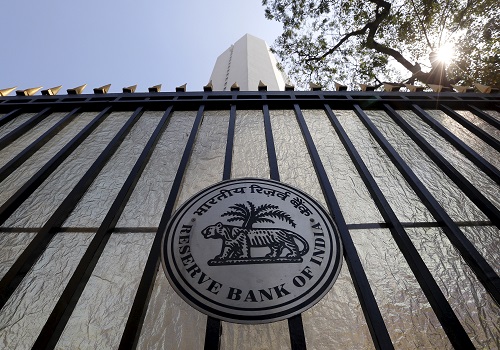





More News

Specialty Chemicals Sector Update : Refrigerant Gases - Is it time to be cautiously optimist...


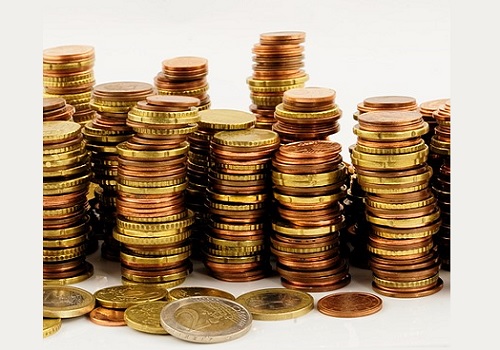


 320-x-100_uti_gold.jpg" alt="Advertisement">
320-x-100_uti_gold.jpg" alt="Advertisement">

